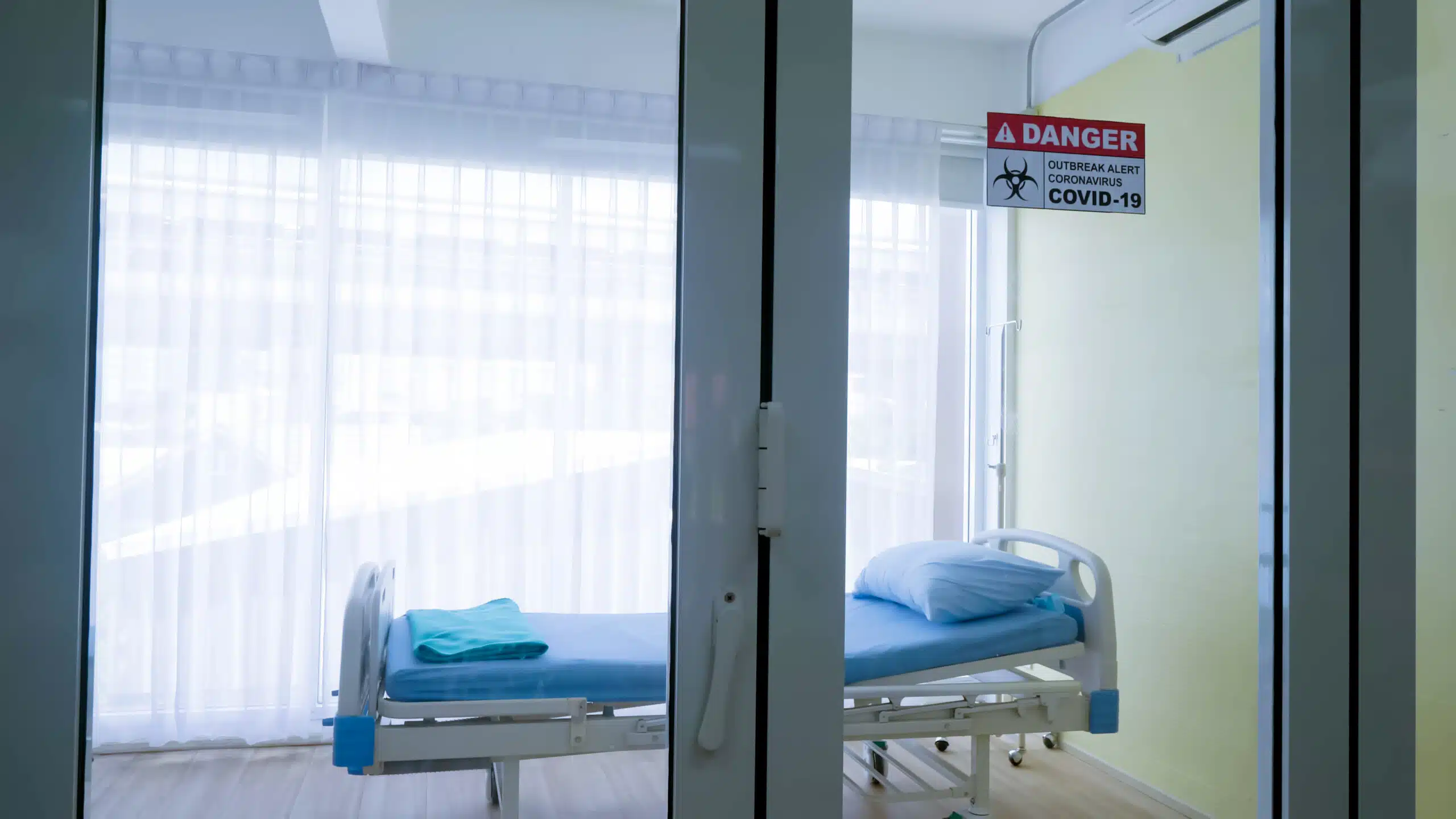Coping strategies can help you manage stress and assist with healing. Unfortunately, the pandemic has created obstacles for health care providers’ access to resources, like limited time off work and COVID-19 related restrictions (closed gyms, etc.).
It can be hard to find the energy to engage in coping strategies, so having a few go-to tools can be very helpful. Here are some you can begin to put in place right away:
- Set and keep routines that help with work-life balance. Focus on a healthy diet, enough sleep, exercise, and time with friends and family.
- Pick up a hobby that gives you pleasure.
- Set small goals for yourself. These will give you a sense of accomplishment, and signal that you are taking care of yourself.
- Practice deep breathing. Inhale for four counts, exhale for four counts, practice for four minutes. Deep breathing sends oxygen to the brain and helps relax the body.
- Positive self-talk. Redirect negative thoughts by reframing them.
- Visualization. Pay attention to all senses and visualize positive images. For example, imagine the sounds, smells, and sights of a calming scene.
- Self-care. Go for a walk, engage with your religion/spirituality, journal, read a book, take a nap or bath, listen to music. Do something that feels good!
- Self-compassion. Show yourself the same kindness you would to a friend who is struggling. Find guided self-compassion exercises here.
- Mental Health Continuum Model. This tool (below) helps identify your current mental health status and provides relevant resources.

What is the Mental Health Continuum Model?
The Mental Health Continuum Model is a self-assessment tool that checks your mental health status. By giving you the ability to identify changes in your mental health, this tool can increase resilience, reduce stigma, and improve well-being.
Once you’ve used the tool to check in with yourself, it will show your place on the continuum, and direct you to helpful resources.
Published with the permission of the Canadian Armed Forces.
In the model, you’ll notice four colour blocks:

Green means you’re healthy

Yellow means you’re reacting

Orange means you’re injured

Red means you’re ill
The table below illustrates the Mental Health Continuum Model, and includes some of the thoughts and feelings people might have in each of its colour blocks.
Use the guided self-assessment provided below to help you identify which colour block best represents your current mental health.
Remember, mental health is always changing so you can return to the scale again to see how you have moved on the Continuum.
Note: Signs and indicators in the yellow block of the continuum are normal responses to stress and trauma that can be expected to resolve over time.
The Mental Health Continuum Model: signs and indicators
| Healthy | Reacting | Injured | Ill |
|---|---|---|---|
|
|
|
|
Actions to take at each phase of the Continuum
| Healthy | Reacting | Injured | Ill |
|---|---|---|---|
|
|
|
|
The big four
| Goal setting | Visualization | Self-talk | Tactical breathing |
|---|---|---|---|
|
|
|
|
If you are concerned about signs of poor or declining mental health in yourself or a buddy, get it checked out.
Resources include:
- Buddies
- Mental health team
- Chaplains
- Leaders/supervisors
- Crisis or help lines
- Community mental health services
- Family doctor
